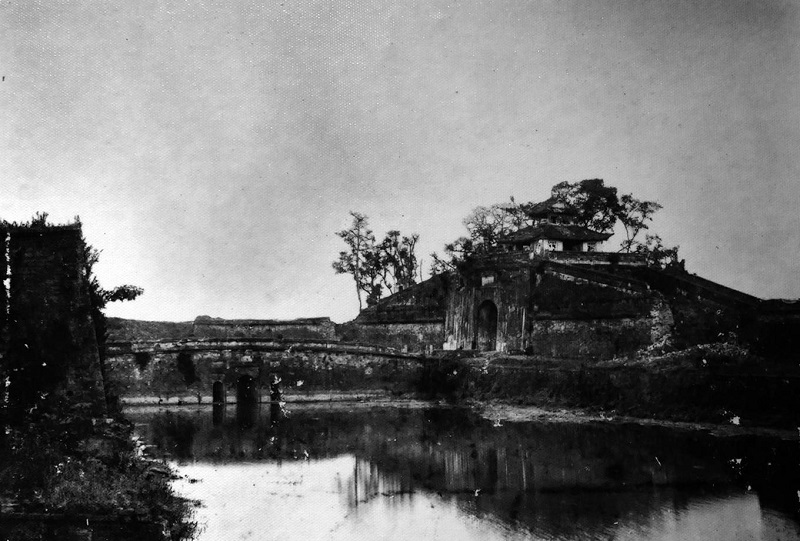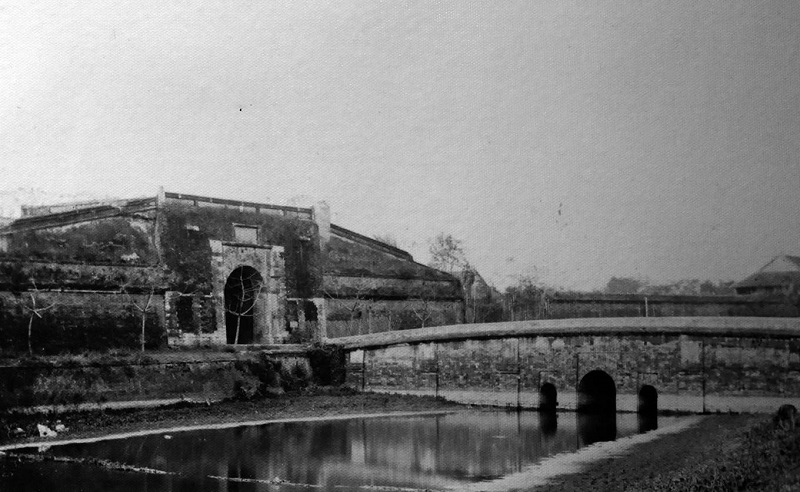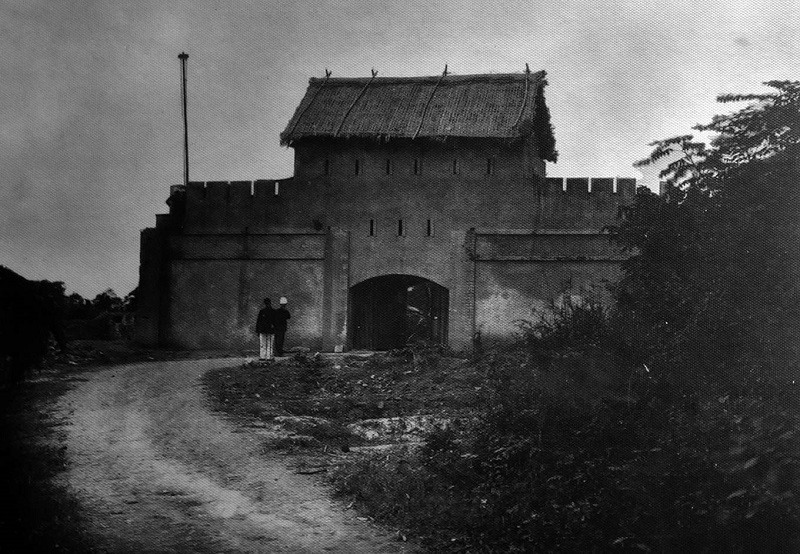On exhibition 19th century Hanoi Citadel documents
The exhibition will last until the end of December.
As many as 70 copies of maps, documents, and photos of Hanoi Citadel between the years of 1802 and 1945 are being showcased at Thang Long – Hanoi Heritage Conservation Center.
The exhibition, named “Hanoi Citadel – a Mark of Time” and jointly held by the Thang Long – Hanoi Heritage Conservation Center and the National Archive I, is among a series of activities to celebrate the 15th anniversary of Vietnam Heritage Day (November 23). Hanoi Citadel was built by the Nguyen dynasty on the foundation of the demolished Le dynasty’s citadel to the style of Vauban fortifications in France. Although ceasing to be the prime military stronghold, under the Nguyen Dynasty, Hanoi still retained its role as an important political and economic hub. Kinh Thien Palace (at the center of the map above) was the royal accommodation for the Nguyen kings when they toured the North. |
Outside of the Northern Gate of Hanoi Citadel at the end of the 19th century. |
The view from outside of the Eastern Gate of the citadel between 1889 and 1891. |
The view of the Southeastern Gate in the period of 1888-1891. |
The Western Gate in the year 1870. |
Overview of Hanoi Citadel from the Eastern Gate in 1873. |
The French army attacked the Southeastern Gate of Hanoi Citadel on November 20, 1873. The citadel was under siege and raid by the French once again in 1882. In the years of 1883-1897, under the influence of the French rule, the architecture and function of the citadel had changed. Besides some old constructions, the French army also built more fortifications and barracks, making the citadel a military headquarters. |
Doan Mon or the Main Gate was reconstructed to be French colonialists’ residence. |
Ky Dai or the Flag Tower became the watchtower of the French army at the end of the 19th century. |
More fortification inside the citadel. |
Chinh Duong tower, which was the eastern gate to Long Thien palace, became the entrance to the French army artillery headquarters from 1888 to 1891. |
At the Eastern gate, large holes were dug in the wall in 1882; the infantry barracks in the back. |
| Hanoi from the aerial view at the beginning of the 20th century. In the early years of the 20th century, Hanoi was continuously planned and expanded to become the capital of the Union of Indochina. The exhibition will last until the end of December. |
Documentary images/VnExpress






















